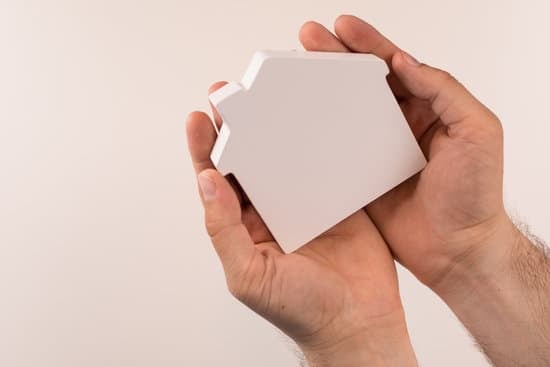Making beer at home is a fun and rewarding hobby that anyone can try. With the proper equipment and techniques, you can brew your own delicious beer right at home. Here’s a step-by-step guide on how to make beer at home:
Step 1: Prepare your brewing equipment. You’ll need a brewing kettle, a fermentation vessel, a hydrometer, a thermometer, and other tools depending on the type of beer you’re making. You can purchase a home brewing kit that includes all of these tools and ingredients for your first batch.
Step 2: Brew your beer by steeping grains. Malted grains are soaked in hot water to extract the fermentable sugars that will create the alcohol in your beer. Then, hops are added to give your beer its bitter flavor and aroma. You’ll need to follow the recipe carefully and watch the temperature of the water to ensure the best results.
Step 3: Ferment your beer. Once your wort (unfermented beer) is cooled down to the right temperature, yeast is added to start the fermentation process. This typically takes about two weeks, during which time you’ll need to be careful not to introduce any bacteria that could spoil the beer. Be sure to clean and sanitize all of your equipment before use.
Step 4: Bottle your beer. After two weeks, your beer should be ready to bottle. First, you’ll need to add priming sugar to the beer, which will create the carbonation. Then, you’ll carefully transfer the beer to bottles, being careful to avoid any sediment that has accumulated at the bottom of the fermentation vessel. Store your beer in a cool, dark place for at least a week to allow the carbonation to develop.
With these four easy steps, you can make your own homemade beer that’s sure to impress your friends and family. Just remember to be patient and take your time during the brewing process. Cheers!





















